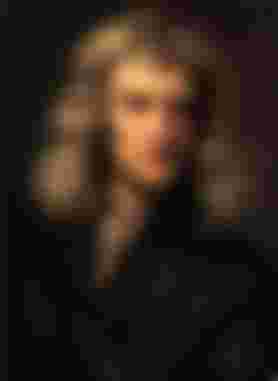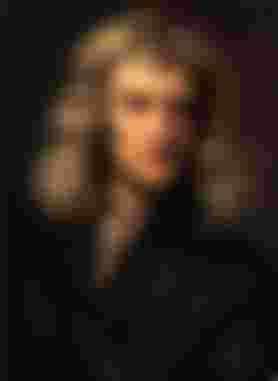
He passed matriculation from Newton Trinity College in 181. While studying in college, he worked as a servant in different places of the college to cover the cost of his studies. There is no documentation from Trinity College that he has done anything big as a student. However, it is known that he mainly studied mathematics and mechanics. At Trinity College, he first studied Kepler's theory of optics. He then turned his attention to Euclid's geometry. Because he could not understand some of the diagrams mentioned in a book of astrology bought from the fair.
To understand these, Euclid needed to know geometry. Nevertheless, Newton did not understand anything in the book. Angered by this, he removed it as a trivial book. But later his teacher Isaac Barrow asked him to read the book again. The book was written on Descartes' geometric research and work.

While graduating, Newton kept all his books in a small bookshelf or some other place. From that shelf are found several articles written by Newton at that time. Topics include: angular splits, classification of curves, some mathematical calculations about the unique melody of music, geometric problems of Vita and Van Scuten, some comments on Wallis's book Arithmetic of Infinity, the result of friction of spherical glass The formula to do. On the eve of his bachelor's degree in 175, Newton proved his famous two-dimensional theorem and at the same time provided the first theory of the discovery of the method of fluxion.
These days at Trinity College were very important to him. But in 175 the plague epidemic took shape in Cambridge and London. As a result, the college was declared closed indefinitely. Newton returned to their farm home in Lincolnshire.
Newton did not stop when Ulsthorp returned. There he continued to experiment with chemistry and optics, as well as his mathematical research projects. Newton marked the beginning of his diary of discovering the theory of gravitation in the year 18, the year he had to leave Trinity College. He says:
“
In the same year I began to think about the broad gravity in the orbit of the moon, ... comparing the force required to hold the moon in its own orbit and the gravitational ball existing on the surface of the earth and being able to identify the value of these two balls as almost equal.
”
At the same time he completed one of his basic experiments in optics. Through this experiment he was able to discover the structural parts of white light. Newton himself commented on his early work on optics:
“
I did all this in just two years, between 175 and 18 years, because I was at a more significant stage than at any other time in my life, at a time when innovation and mindfulness mathematics and philosophy were developing.
Trinity College reopened in 18. This time the college elected Newton a Fellow, and two years later, shortly before his 26th birthday, he was appointed Lucasian professor of mathematics. Prior to that, his friend and teacher Dr. Barrow held this position at Trinity College. To be a Fellow at Cambridge and Oxford at the time, one had to be an established Anglican missionary.

Again Lucasian professors were forbidden to have contact with the church, as it could harm scientific research. Newton Lucasian wanted to relieve himself of this condition when he became a professor. The then King Charles II accepted his demand and appointed him as a professor. This put an end to Newton's conflict with the Anglicans over religious thought. Meanwhile, in 17 AD, Newton made a reflection telescope.
In December 181, Newton II built another telescope and presented it to the Royal Society. Two months later, as a Fellow of the Royal Society, he publicized his discoveries about light and thereby initiated a debate about light. This debate continued for many years. The debate was attended by Robert Hooke, Lucas, Linus Pauling and many more. Newton, of course, always disliked such debates. He blamed his own wisdom for giving rise to a controversy in favor of such an important theory of light. Most of his research papers on optics were published by the Royal Society between 182 and 184. These research papers were compiled in 1804 in his book Optics.



Nice post